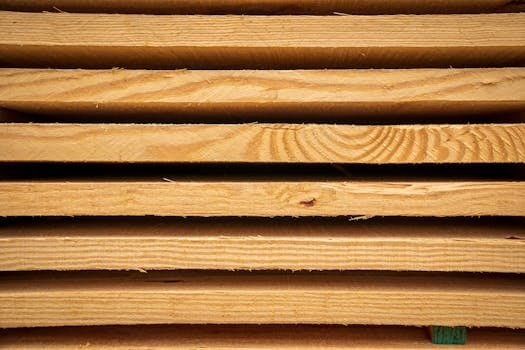Biofilm Engineers: Sustainable Material Designers
In today’s world, where environmental concerns are at an all-time high, there is an increasing demand for sustainable materials. From our daily use products to large-scale infrastructure, the materials we use play a crucial role in the impact on the environment. This is where biofilm engineers come into the picture. In this article, we will explore the role of biofilm engineers as sustainable material designers, their process, and the potential impact they can have in creating a greener future.
Understanding Biofilm Engineers
Biofilm engineers are scientists who specialize in creating and utilizing biofilms for various applications. A biofilm is a thin, slimy layer made up of microorganisms, including bacteria, fungi, and algae, among others. These microorganisms work together to form a protective layer that adheres to a surface.
The process of creating a biofilm involves engineering a specific group of microorganisms to form a desired type of film. This film can then be used for various purposes, including as sustainable materials for construction, packaging, and even medical devices.
Sustainable Material Design
The primary goal of biofilm engineers is to design sustainable materials that are environmentally friendly and have a minimal environmental impact. Traditional materials, such as plastics and concrete, have a significant negative impact on the planet. They are non-biodegradable and require a lot of energy and resources to produce, leading to high carbon emissions.
In contrast, biofilm materials are created by living organisms and are biodegradable. They can be produced using readily available resources and can even be grown in labs, reducing the need for mining and other destructive processes. This makes them a more sustainable alternative to traditional materials.
The Process of Creating Biofilm Materials
The process of creating biofilm materials involves carefully engineering a group of microorganisms to form a specific type of film with desired properties. This process takes place in a controlled environment, such as a lab, to ensure the optimal conditions for the growth of the biofilm.
Biofilm engineers use various techniques to control the growth and characteristics of the biofilm, such as manipulating nutrients, temperature, and pH levels. This allows them to create biofilms with specific properties, such as flexibility, strength, and adhesion.
The Potential Impact of Biofilm Materials
The use of biofilm materials has the potential to make a significant impact on the environment. Firstly, these materials are biodegradable, reducing land, water, and air pollution caused by non-biodegradable materials. Additionally, biofilm materials have a lower carbon footprint as they can be produced using renewable resources.
Biofilm materials also have unique properties that make them suitable for various applications. For example, biofilm can be engineered to be self-healing, reducing the need for constant repairs, and increasing the longevity of a product. They can also be made to be breathable, preventing the accumulation of moisture in buildings, which can lead to mold growth and other health hazards.
Conclusion
In conclusion, biofilm engineers play a vital role in creating sustainable materials for a greener future. Their work involves carefully engineering microorganisms to create biofilm materials with unique properties that can be used for various purposes. These materials have the potential to reduce the negative impact of traditional materials on the environment and contribute to a more sustainable world. With ongoing research and development, the use of biofilm materials is only set to increase in the coming years, making biofilm engineers an essential part of sustainable material design.









